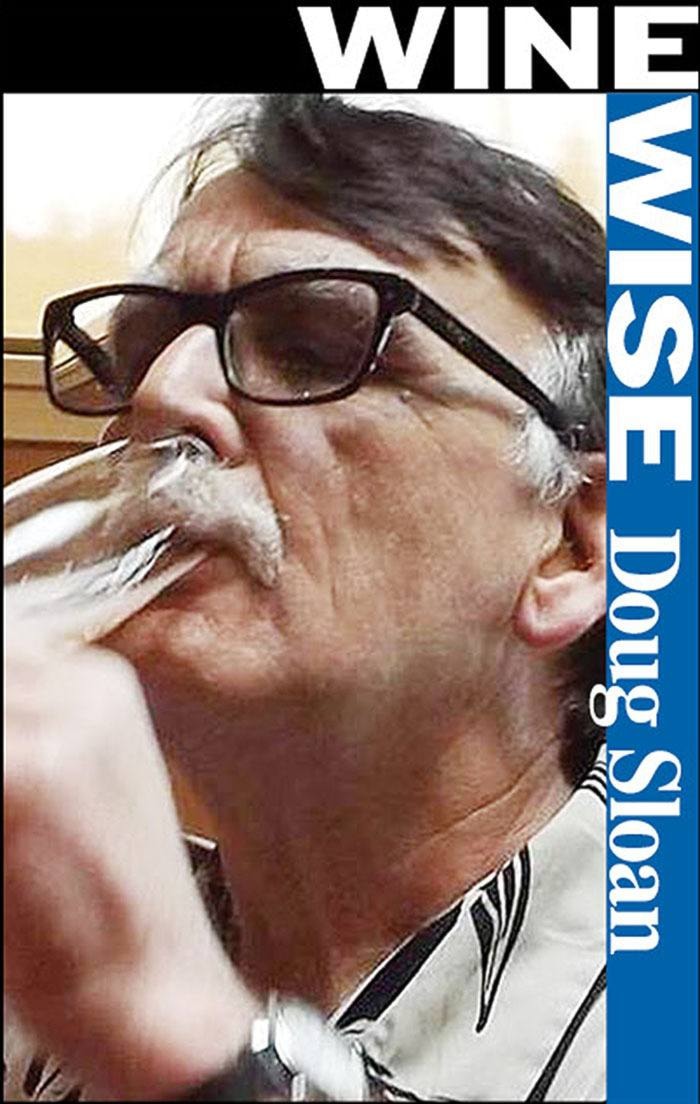
When it comes to wine, find what you like and ignore the winegeeks who disapprove.
Growing by leaps and bounds between 2000 and 2004 [Yellow Tail] Shiraz (624544) $11.25 came from nowhere to become the best selling imported red wine in North America.
Imitators rushed to follow the winning formula – a red wine, with more than 10 grams/litre of residual sugar and a bold simple label.
Tim Atkins UK Master of Wine summed it up a couple of years ago: “Are there any trends emerging? One thing that strikes me …is an increase in residual sugar levels in red wines.” He then went on to divulge the residual sugar level of the very popular California Apothic Red (125617) $12.99 as 16.4 grams/litre.
A blend of Zinfandel, Merlot, and Petite Sirah, Cupcake Red Velvet (158196) $13.30 starts with subdued aromas of chocolate, rich blackberries and luscious red fruits with a hint of coconut and cappucino. At only 12 grams/litre residual sugar, this lighter styled red is relatively dry – by comparison.
“There’s a new category of wine that is growing fast and strong: sweet “dry” red wines… It’s kind of a dirty secret that many wine drinkers ‘talk dry but drink sweet,’ presumably to avoid the scorn of wine snobs who think that a serious red wine should be dry,” as Michael Hastings put it in the Winston Salem Journal.
But consider this before throwing up your hands and throwing over your diet: blended red wines are actually the main style we’ve been so fond of for so many years. In most regions, wine makers can add up to 15 per cent of other kinds of wine or grapes before revealing it is actually a blend.
From Portugal Flor de Crasto (691386) $14.10 is made from the traditional Douro red grape varieties used to make Port: Tinta Roriz, Touriga Nacional, Tinta Barroca and Touriga Franca.
Unoaked, a fresh, fruity, easy-to-drink wine, it offers up a medley of aromas and flavours of blue and black berry fruits as well as black cherries on a background of spicy sage and anise.
And actually – at 0.6 grams/litre - quite dry!
Back in trend-setting California, even Zinfandel specialists like Michael and David Phillips – who are responsible for the phenomenally successful 7 Deadly Zins Zinfandel(337402) $22.49 are branching out into more traditional and Old World red blends.
A field blend of primarily Rhone varietals Michael David’s Incognito (337410) $19.45 blends 40 per cent Syrah, 25 per cent Cinsault, 11 per cent Mourvedre,11 per cent Carignan, 9 per cent Petite Sirah, 2 per cent Grenache and 2 per cent Tannat into an oaky, cedar-tinged, gamy red that’s rich, dense, remarkably complexly fruity and satisfyingly tannic.
This new blend must be tried to truly be appreciated!
Like Portugal, Italy has always blended wine grapes, whether a ‘field blend’ of what’s planted in the vineyard of the years or – with the advent of modern scientific winemaking – more deliberately and with specific intent.
Puglia is a wine region in the south-eastern corner of Italy; Squinzano is a specic district within Pulgia.
Apollonio Squinzano Rosso (482463) $20.45 starts with 70 per cent Negroamaro and adds 15 per cent Sangiovese, 10 per cent Malvasia Nera di Lecce and 5 per cent Malvasia Nera di Brindisi.
Coming from 20-year-old bush vines, these grapes make an amazingly authentic, complex rustic old-fashioned Italian red full of sweet cherry fruit, earthy coffee, brooding dark chocolate and blackberry aromas and flavours.
The classic blended red is Bordeaux from France. Using the same varieties of wine grapes, many New World winemakers pay homage their winemaking predecessors, including exclusive and artisanal wineries like the Okanagan Valley’s Nagging Doubt based in Kelowna, BC.
Fruit for Nagging Doubt ‘The Pull’ (414938) $30.95 comes from the Solid Ground vineyard on the East Bench in Osoyoos. The wine is a 45 per cent Merlot-based blend, with 22 per cent Cabernet Sauvignon, 16 per cent Cabernet Franc, 11 per cent Petit Verdot and 6 per cent Malbec. Aged 17 months in new and used French and American oak, the spicy richness of the wine underpins notes of black cherry, plum, vanilla and spice on the nose and palette.
Dry or sweet? Don’t let anybody tell you what’s right or wrong in wine. Find what you like and ignore the winegeeks who disapprove… It isn’t being poured into their glass, is it?
Reach WineWise by emailing douglas_sloan@yahoo.com
